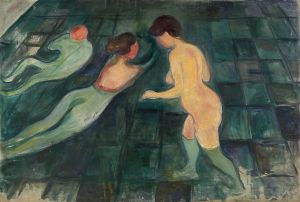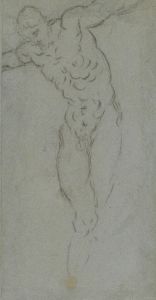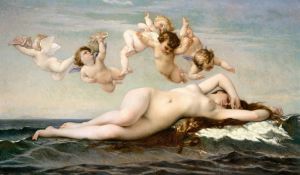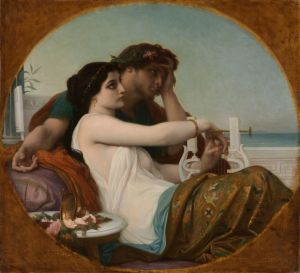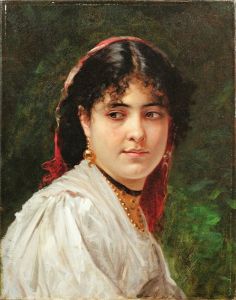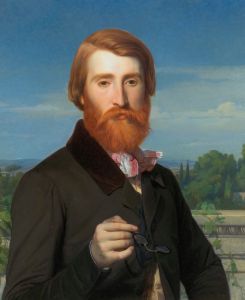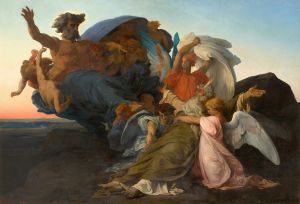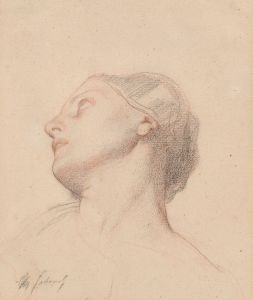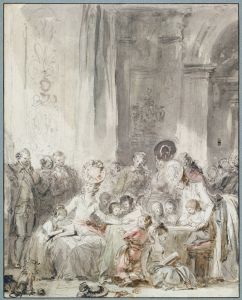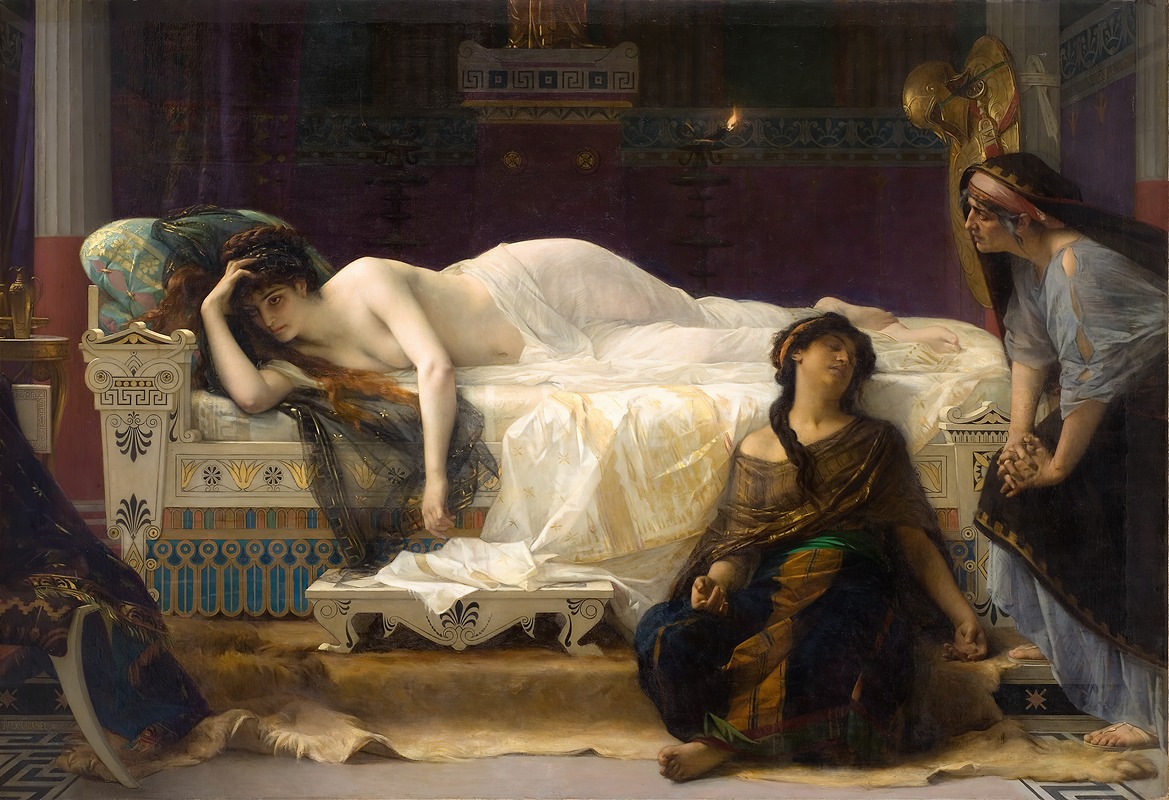
Phèdre
A hand-painted replica of Alexandre Cabanel’s masterpiece Phèdre, meticulously crafted by professional artists to capture the true essence of the original. Each piece is created with museum-quality canvas and rare mineral pigments, carefully painted by experienced artists with delicate brushstrokes and rich, layered colors to perfectly recreate the texture of the original artwork. Unlike machine-printed reproductions, this hand-painted version brings the painting to life, infused with the artist’s emotions and skill in every stroke. Whether for personal collection or home decoration, it instantly elevates the artistic atmosphere of any space.
Alexandre Cabanel's painting "Phèdre" is a notable work of 19th-century French art, completed in 1880. Cabanel, a prominent academic painter of his time, was known for his classical style and his ability to capture the human form with precision and grace. "Phèdre" is a testament to his skill and his interest in classical themes, drawing inspiration from ancient Greek mythology and literature.
The painting depicts Phèdre, a character from Greek mythology and the subject of several classical plays, most notably by Euripides and later by the French playwright Jean Racine. In these stories, Phèdre is the wife of Theseus, the king of Athens, and becomes tragically entangled in a forbidden love for her stepson, Hippolytus. This theme of forbidden love and the ensuing tragedy has been a rich source of inspiration for artists and writers throughout history.
Cabanel's "Phèdre" captures the emotional turmoil and inner conflict of its titular character. The painting shows Phèdre in a moment of introspection, her expression conveying a sense of despair and longing. Cabanel's use of color and light enhances the emotional depth of the scene, with soft, muted tones that reflect the somber mood of the narrative. The attention to detail in the depiction of Phèdre's attire and surroundings further adds to the painting's classical aesthetic, reminiscent of the ancient world that inspired it.
The composition of "Phèdre" is carefully balanced, with the figure of Phèdre positioned prominently in the foreground. Her pose is both graceful and tense, suggesting the inner conflict that defines her character. Cabanel's mastery of anatomy is evident in the lifelike rendering of Phèdre's form, a hallmark of his academic training and his dedication to the principles of classical art.
"Phèdre" was exhibited at the Salon of 1880, a prestigious art exhibition in Paris that showcased the works of leading artists of the time. Cabanel's painting was well-received, praised for its technical excellence and its evocative portrayal of a complex literary figure. The work is a reflection of Cabanel's ability to blend narrative and emotion with technical precision, a quality that made him one of the leading figures of the academic art movement in France.
Today, "Phèdre" is considered an important example of 19th-century academic painting, illustrating the enduring appeal of classical themes in art. It stands as a testament to Cabanel's skill as a painter and his ability to bring mythological subjects to life with sensitivity and depth. The painting continues to be studied and admired for its artistic merit and its contribution to the rich tapestry of art inspired by classical mythology.





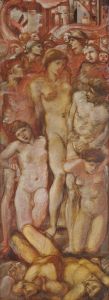
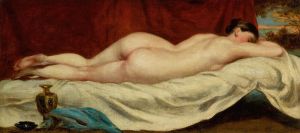
![Eve [‘The Nightmare’]](/imgs/245562/s/paul-gauguin-eve-the-nightmare-bcae2b7f.jpg)
